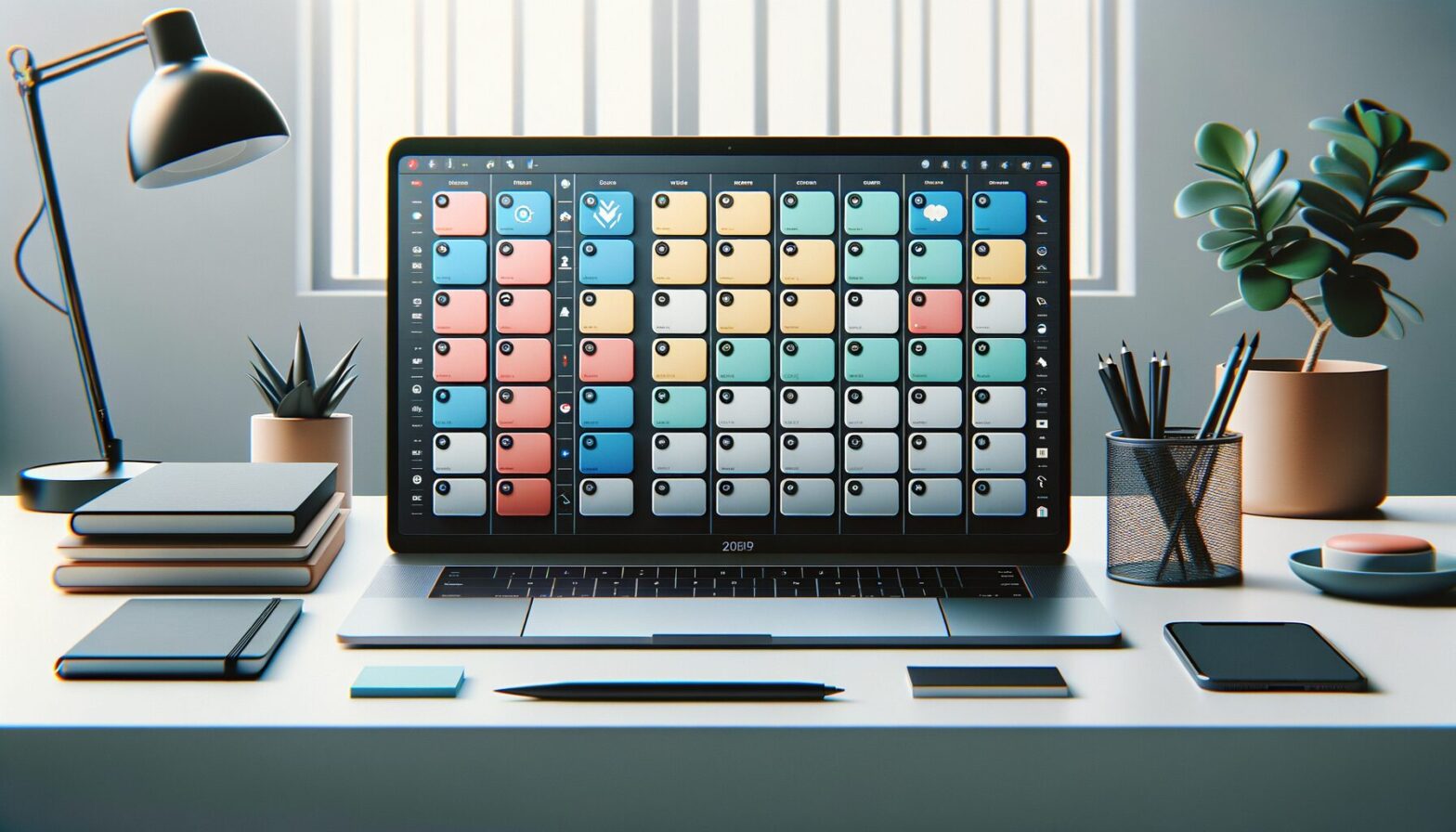Understanding the Rise of Online T-Card Systems
In the crowded landscape of project management tools, Trello and Favro have long been popular choices, especially for teams looking for visual task management and flexible workflows. However, a newer contender—the online T-card system—is increasingly capturing attention for its unique approach to organisation. Unlike traditional Kanban boards or card-based apps, online T-card systems replicate the simplicity and clarity of physical T-cards, an old-school project management staple, but with the advantages of digital technology.
Users often praise online T-card systems for their intuitive design that mirrors real-world task boards but adds layers of accessibility, collaboration, and automation. This blend of familiarity and modern functionality makes it easier for teams to adopt without the steep learning curve associated with more complex platforms. For example, where Trello and Favro can sometimes overwhelm with options and integrations, T-card systems tend to focus on core features that enhance productivity without unnecessary distractions.
Additionally, these systems often boast faster load times and lighter interfaces, which can be a boon for teams working in environments with limited bandwidth or older devices. This combination of simplicity, speed, and ease of use explains why many users feel more comfortable transitioning to online T-card systems, particularly when managing smaller projects or teams that value straightforward collaboration.
Why Users Love Online T-Card Systems
One key reason users gravitate towards online T-card systems is the tactile sense of control they offer, even in a digital format. Many users mention how the drag-and-drop feature mimics handling real cards, creating a satisfying and productive workflow. This tangible interaction can increase engagement, especially for those who prefer a hands-on approach to project management.
Moreover, the visual layout of T-card systems is often cleaner and less cluttered compared to Trello’s multi-featured boards or Favro’s complex layering of tasks. This clarity helps reduce cognitive overload and keeps teams focused on what truly matters—the tasks at hand. For teams that struggle with overcomplicated tools, switching to an online T-card system can feel like a breath of fresh air.
Collaboration is also smoother in many online T-card platforms. Real-time updates and simple commenting features mean everyone stays on the same page without the need for multiple apps or convoluted notifications. Many users appreciate that these systems integrate easily with existing workflows without demanding radical changes in how teams communicate or manage deadlines.
Comparing Features: Online T-Card Systems vs Trello and Favro
When weighing the options, it’s important to compare features head-to-head. Trello shines with its rich ecosystem of power-ups and integrations, supporting everything from calendar views to automation bots. Favro appeals to agile teams needing highly customisable workflows and robust analytics. However, this versatility can come at the cost of complexity and steeper onboarding.
Online T-card systems, by contrast, concentrate on simplicity and core functionalities—task creation, assignment, status tracking, and easy drag-and-drop movement across columns or lanes. This focus means fewer bells and whistles but a smoother user experience that appeals to smaller teams or projects where ease-of-use trumps advanced features.
Another advantage is pricing: many online T-card tools offer free tiers with generous limits or affordable plans tailored to small businesses. Meanwhile, the costs for premium features in Trello or Favro can escalate quickly as teams grow or require advanced integrations. For budget-conscious teams seeking straightforward project tracking, online T-card systems provide excellent value without sacrificing essential capabilities.
Conclusion: Is an Online T-Card System Right for Your Team?
Choosing the best project management tool depends heavily on your team’s size, needs, and working style. If your priority is a clean, intuitive interface that replicates a familiar physical workflow with digital perks—like real-time collaboration and easy accessibility—then an online T-card system might be the perfect fit.
While Trello and Favro offer powerful options suited for complex projects and diverse workflows, they sometimes overwhelm users who prefer streamlined simplicity. Online T-card systems strike a balance between traditional task management methods and modern digital convenience, which explains their growing popularity among startups, small businesses, and teams new to project management software.
Ultimately, embracing an online T-card system can lead to higher user satisfaction due to its ease of use, clear visual organisation, and affordability. For those willing to prioritise clarity over complexity, it’s worth exploring how these tools can transform your team’s workflow.
Notes
- Online T-card systems often feature faster load times compared to feature-rich competitors like Trello and Favro.
- Users report increased engagement due to tactile drag-and-drop interfaces resembling physical task cards.
- Many online T-card tools offer more affordable pricing plans suitable for small teams.
- Simpler interfaces in online T-card systems reduce cognitive overload for users.
- Real-time collaboration features in T-card systems help keep all team members aligned efficiently.
